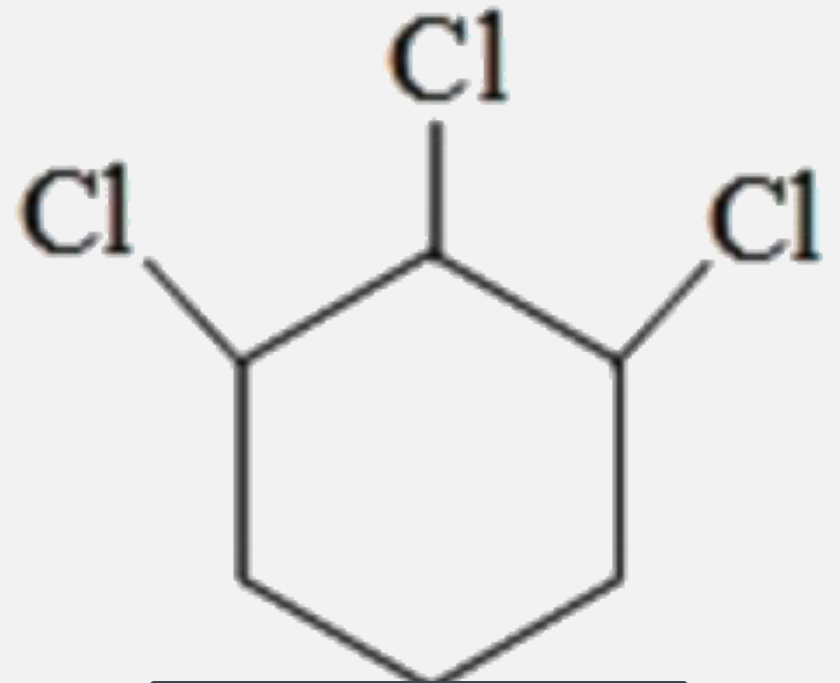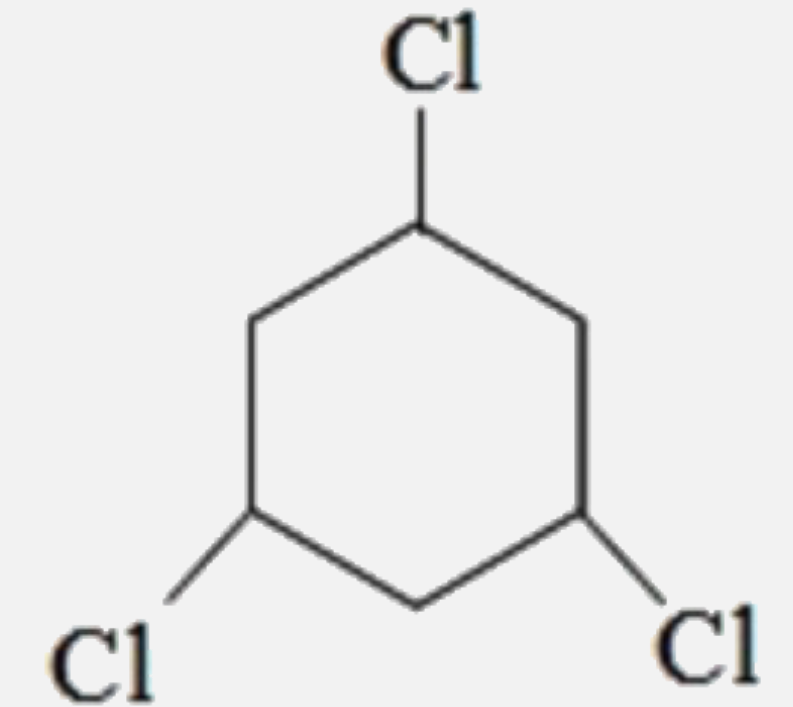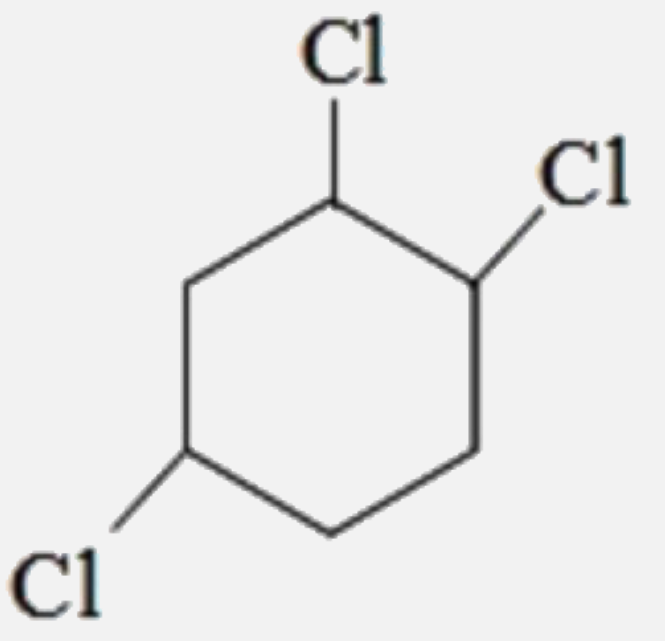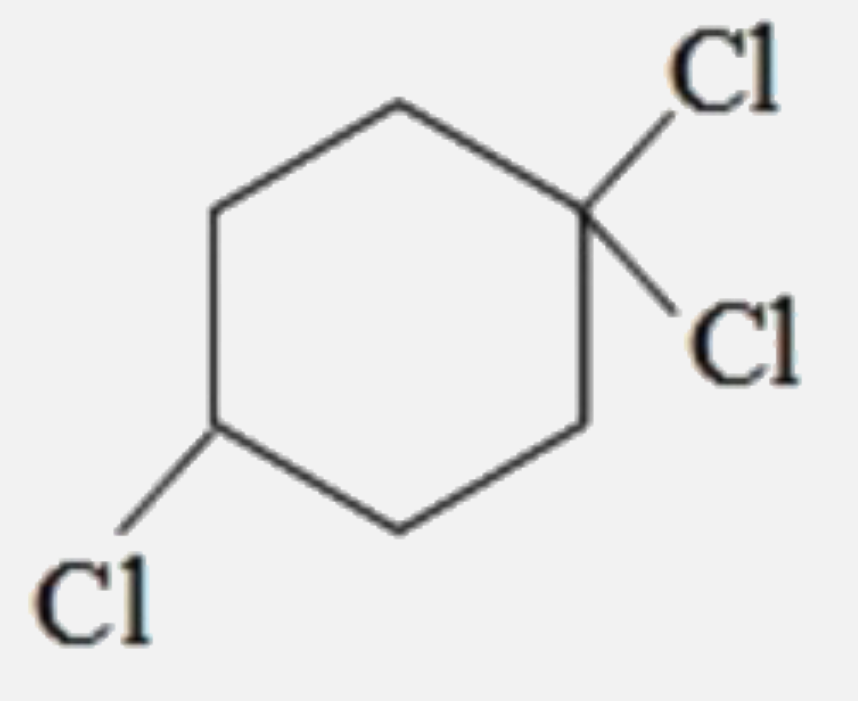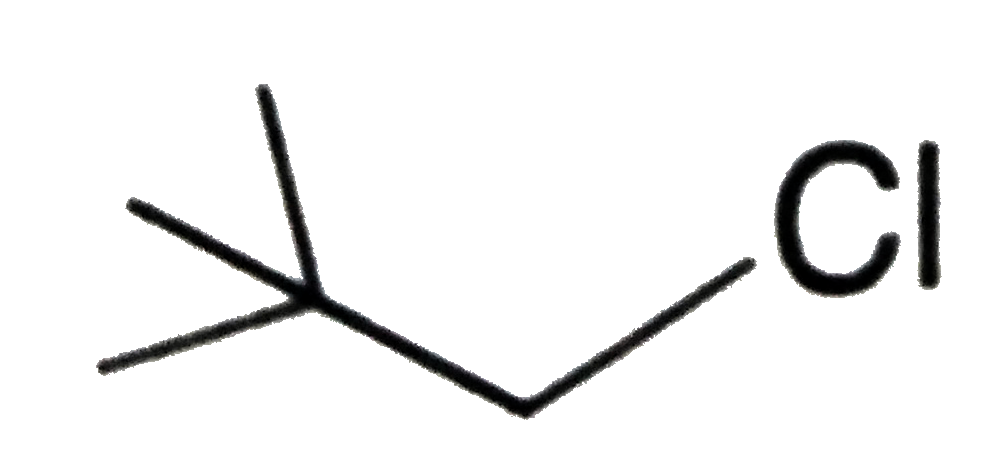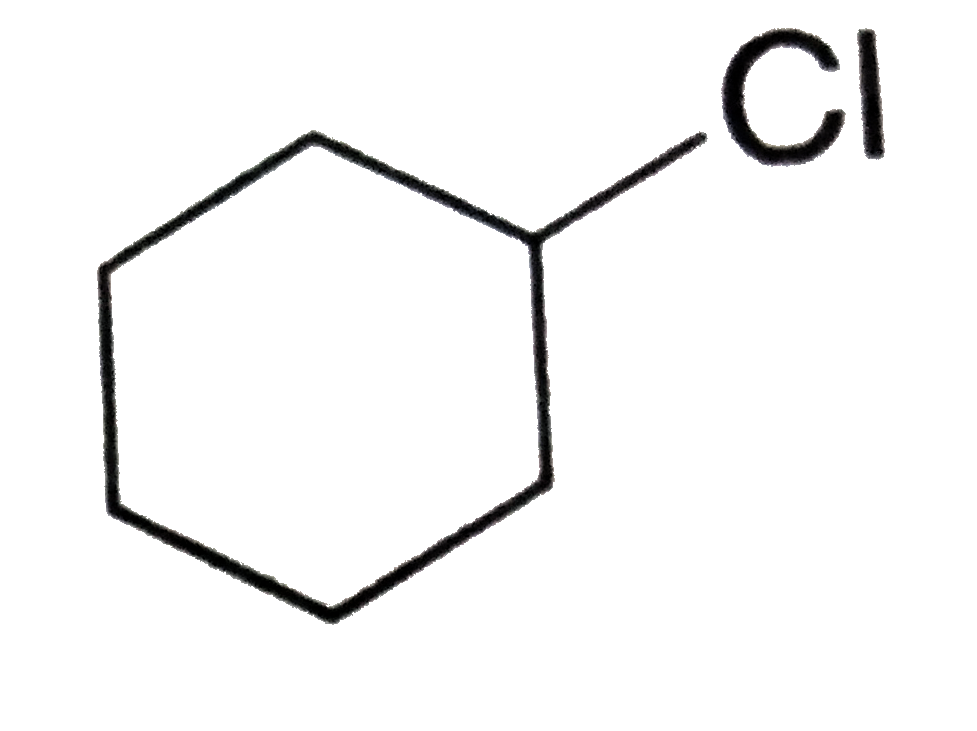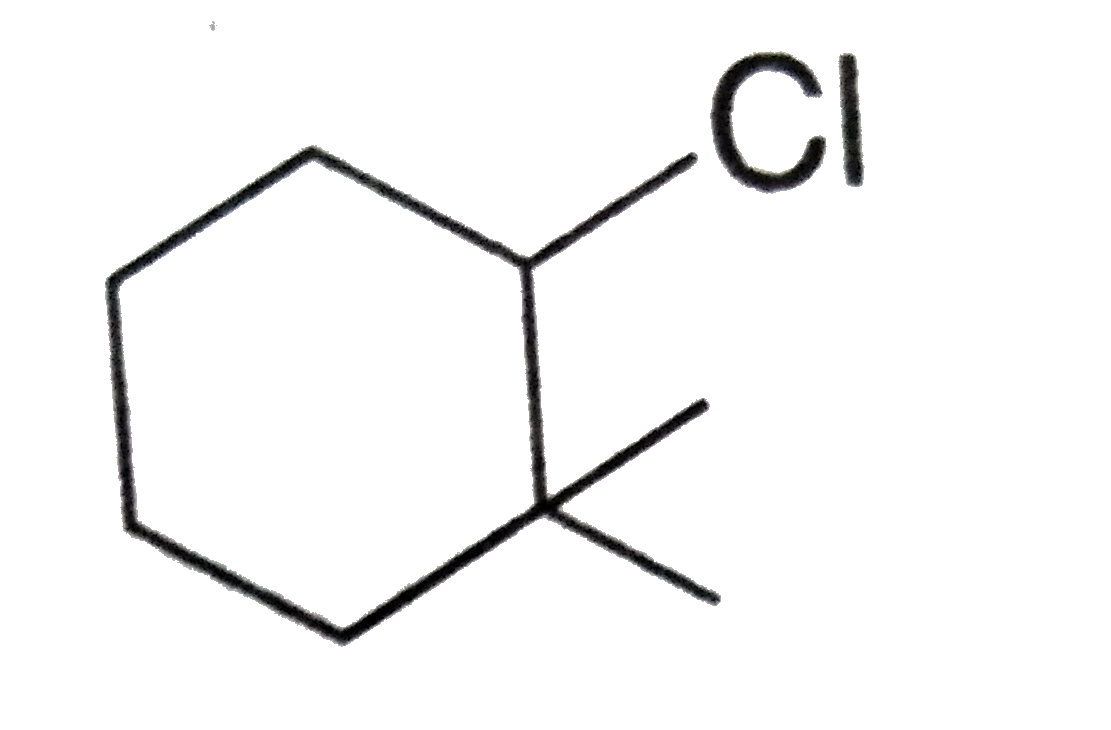Explore topic-wise InterviewSolutions in .
This section includes InterviewSolutions, each offering curated multiple-choice questions to sharpen your knowledge and support exam preparation. Choose a topic below to get started.
| 23751. |
The unit cell of an element of atomic mass 108 u and density 10.5 g cm^(-3) is cube with edge length 409 pm. Find the type of unit cell of the crystal. (Given : Avogadro's constant = 6.023 xx 10^(23) mol) |
|
Answer» Solution :`d = (ZM)/(a^(3)N_(A))` `Z = (d xx a^(3) xx N_(A))/(M)` M = 108 u d = 10.5 `cm^(3)` a = 409 pm `Z = (10.5 xx (409 xx 10^(-10))^(3) xx 6.023 xx 10^(23))/(108)` `= 40056796 xx 10^(-7)` = 4.0056796 In a FCC UNIT cell, there are four ATOMS per unit cell. So it is fcc. |
|
| 23752. |
Which of the following is a hallucinogenic drug |
|
Answer» SECONAL |
|
| 23753. |
Write the name, stereochemistry and magnetic behaviour of the following : [Co(NH_(3))_(5)Cl]O_(2) |
|
Answer» Solution :Pentaarnminechloridocobalt(III) chloride Stereochemistry : It SHOWS `d^(2)sp^(3)` HYBRIDISATION. Hence, the SHAPE is octahedral. Magnetic BEHAVIOUR : There are no unpaired electrons. Hence, the compound is diamagnetic. |
|
| 23754. |
Which of the following reaction is an example of a redox reaction |
|
Answer» `XeF_(2)+PF_(5) rarr [XeF]^(+)+PF_(6)^(-)` |
|
| 23755. |
Which set of characteristics of ZnS crystal is correct |
|
Answer» coordination number `(4:4),CCP,Zn^(++)` ion in the alternate tetrahedral VOIDS. |
|
| 23756. |
Which of the following species is not a pscudo halide |
|
Answer» `CNO^(-)` |
|
| 23757. |
Write reaction and conditions for the conversion of benzyl chloride to benzaldehyde. |
Answer» SOLUTION :
|
|
| 23759. |
When CO_(2) is passed through water, which of the following species will be present in water? |
|
Answer» `H_(2)CO_(3), CO_(2), CO_(3)^(2-), HCO_(3)^(-)` `HCO_(3)^(-)hArr H^(+)+CO_(3)^(2-)` The species PRESENT will be : `H^(+),CO_(3)^(2-), HCO_(3)^(-) and H_(2)CO_(3)` (unionized). |
|
| 23760. |
When Na_2 MnO_4 is kept in strongly acidic solution the products obtained are |
|
Answer» `NaMnO_4,MnO_2,H_2O` |
|
| 23761. |
Which one of the two compounds, CH_(3)Br " and " CH_(3)I, will react faster in an S_(N)2reaction with — OH ? |
|
Answer» Solution :`CH_(3)I ` will react faster because it has lower BOND dissociation energy. Iodine is BIGGER in SIZE and is BETTER leaving group. It will be released at a faster rate in presence of nucleophile. 
|
|
| 23762. |
Which of the following is sugarcane ? |
|
Answer» WASTE MATERIAL left after CONCENTRATION |
|
| 23763. |
Writethe structureofthe monomers of Dacron. |
|
Answer» Solution :MONOMERS of DACRON are : `HOCH_(2) CH_(2)OH and HOOC - (##U_LIK_SP_CHE_XII_C15_E10_009_S01##) - COOH` |
|
| 23764. |
What is the mean of concentration of solution ? Discuss different types of concentration of solutions ? |
|
Answer» SOLUTION :The amount of solute in a unit volume of solution of unit WEIGHT of solvent is called concentration of solution. Normality formality, MOLARITY, molarity molefraction, weight - FRACTION `(% w//w, %w//V, %V//V)`,ppm are units of concentration. |
|
| 23765. |
Which of the following are thermoplastic polmers ? |
|
Answer» Polythene , urea-formaldehyde , POLYVINYLS |
|
| 23766. |
The reduction of which of the following compounds would yields secondary amine |
|
Answer» alkyl nitrile |
|
| 23767. |
Which of the following compounds does not have any geometrical isomer ? |
|
Answer»
|
|
| 23768. |
Total number of elements of 6th period which have one or more than one 4d electrons :- |
|
Answer» 10 |
|
| 23769. |
Which one of the following nitro-compounds does not react with nitrous acid |
|
Answer»

|
|
| 23770. |
The thermodynamics efficiency of cell is given by: |
|
Answer» `(DELTA H)/(Delta G)` |
|
| 23771. |
Write the structures of the following compounds: |
Answer» SOLUTION :
|
|
| 23772. |
Write the IUPAC name for the following compound . (i) K_(2)[Fe(CN)_(3)(Cl)_(2)(NH)_(3)] (ii) [Cr(CN)_(2)(H_(2)O)_(4)][Co("ox")_(2)(en)] (iii)[Cu(NH_(3))_(2)Cl_(2)] (iv)[Cr(NH_(3))_(3)(NC)_(2)(H_(2)O)^(+)] (v) [Fe (CN)_(4)]^(4-) |
|
Answer» Solution :`(i) K_(2)[Fe(CN)_(3)(Cl)_(2)(NH)_(3)]` - Potassium amminedichloridotricyanidoferrate (III) `(ii) [Cr(CN)_(2)(H_(2)O)_(4)][Co("ox")_(2)(en)]`-Tetraaquadicyanidochromium (II) ethene `1,2` diaminebis (oxalato) cobalate (II) `(iii)[CU(NH_(3))_(2)Cl_(2)]` -diamminedichloro copper (II) `(IV)[Cr(NH_(3))_(3)(NC)_(2)(H_(2)O)^(+)]` -triammineaquodicyanido-KN CHROMIUM (III) ION `(v) [Fe (CN)_(4)]^(4-)` -Hexacyanidoferrate (II) ion |
|
| 23773. |
When 1.5 g of a non-volatile solute was dissoved in 90 g of benzene, the boiling point of benzene was raised from 353.23^(-1) K to 353.93 K. Calculate the molar mas of solute (K_(b) for benzene=2.52 K kg mol^(-1)). |
|
Answer» `W_(B)=1.5g , W_(A)=90.0 g=0.09" kg", DeltaT_(b)=0.7" K"` `K_(b)=2.52" k kg MOL"^(-1)` `M_(B)=((2.52" K kg mol"^(-1))xx(1.5" g"))/((0.7" K")xx(0.09" kg"))=60.0" g mol"^(-1)`. |
|
| 23774. |
Vic- dihalide on treatement with zinc dust gives: |
|
Answer» ALKANE |
|
| 23775. |
Which is more basic La(OH)_(3)zor Lu(OH)_3 ? Why? |
| Answer» Solution :`La(OH)_3,` due to large SIZE of La due to lanthanoid contraction. | |
| 23776. |
Which of the following has highest ionisation enthalpy?P,N,As,Sb. |
|
Answer» P |
|
| 23777. |
Which is a homogeneous system ? |
| Answer» Answer :A | |
| 23778. |
Which of the following alkyl halides is hydrolysed by SN^2mechanism ? |
|
Answer» `C_6H_5CH_2Br` |
|
| 23779. |
Which of the following is not emulasifing agent for W/O emulsion? |
|
Answer» Lampblack |
|
| 23780. |
Which of the following salts is used in the bead test for basic radicals ? |
|
Answer» `Na(NH_(4))HPO_(4).4H_(2)O` `Na(NH_(4))HPO_(4).4H_(2) overset(Delta)to NH_(3)+5H_(2)O+NaPO_(3)` `NaPO_(3)` combines with certain metallic OXIDES to form coloured BEADS of the corresponding orthophosphates, e.g., `NaPO_(3)+CuO to underset(("Blue"))(CuNaPO_(4))` Hence , microcosmic salt is sometimes USED in place of borax for performing borax bead TEST. |
|
| 23781. |
The van der Waal's constants for two gases are as follows: Gas a (atm L^(2)" mol"^(-2)) " "b(L mol^(-1)) X" "1.39" "0.0391 Y" "3.59" "0.0427 Which of them is more easily liqufiable and which has greater molecular size ? |
| Answer» Solution :GREATER the value of .a., more EASILY the gas is liquefiable. Similarly, greater the value of .b., greater is the MOLECULAR size. HENCE, gas Y will be more easily liquefiable and will have greater molecular size. | |
| 23782. |
Which of the following complexes will show geometrical as well as optical isomerism (where en = ethylene diamine)? |
|
Answer» `[PT(NH_3)_2Cl_2]` |
|
| 23783. |
The sum of primary valency and secondary valance of the metal M in the complex[M(en) _2(Ox) ]Clis L |
|
Answer» 3 |
|
| 23784. |
Which one of the following complexes shows optical isomerism- (en = ethylenediamine) |
|
Answer» `[Co(NH_3)Cl_2]CL` |
|
| 23786. |
The variation of equivalent conductance of strong electrolyte with (concentration)""^(1//2) is represtnted by |
|
Answer»
|
|
| 23787. |
Which of following species is less reactive than benzene in electrophilic substitution reaction |
|
Answer» ANILINE |
|
| 23788. |
What is the name given to the drugs which releive or reduce pain? |
| Answer» SOLUTION :ANALGESICS. | |
| 23789. |
Which of the following reaction is not correct according to major product |
|
Answer»
|
|
| 23790. |
Which of the following compounds is chiral? |
|
Answer» 3-Pentanol |
|
| 23791. |
Which of the following give Liebermann nitroso reaction ? |
|
Answer»
|
|
| 23792. |
Which of the following alcohols will not be easily oxidised? |
|
Answer» `CH_(3)OH` |
|
| 23793. |
Which one of the following is not the characteristic of the alcohols : |
|
Answer» There boiling POINTS rise fairly UNIFORMLY with a rise in molecular weight |
|
| 23794. |
Which of the following will show optical isomeris ? |
|
Answer» `[CU(NH_(3))_(4)]^(2+)` |
|
| 23795. |
The structure of CsCI crystal is: |
|
Answer» BODY CENTRED CUBIC lattice |
|
| 23796. |
Which of the following is incorrect combination ? |
|
Answer» <P>(I)(III)(P) 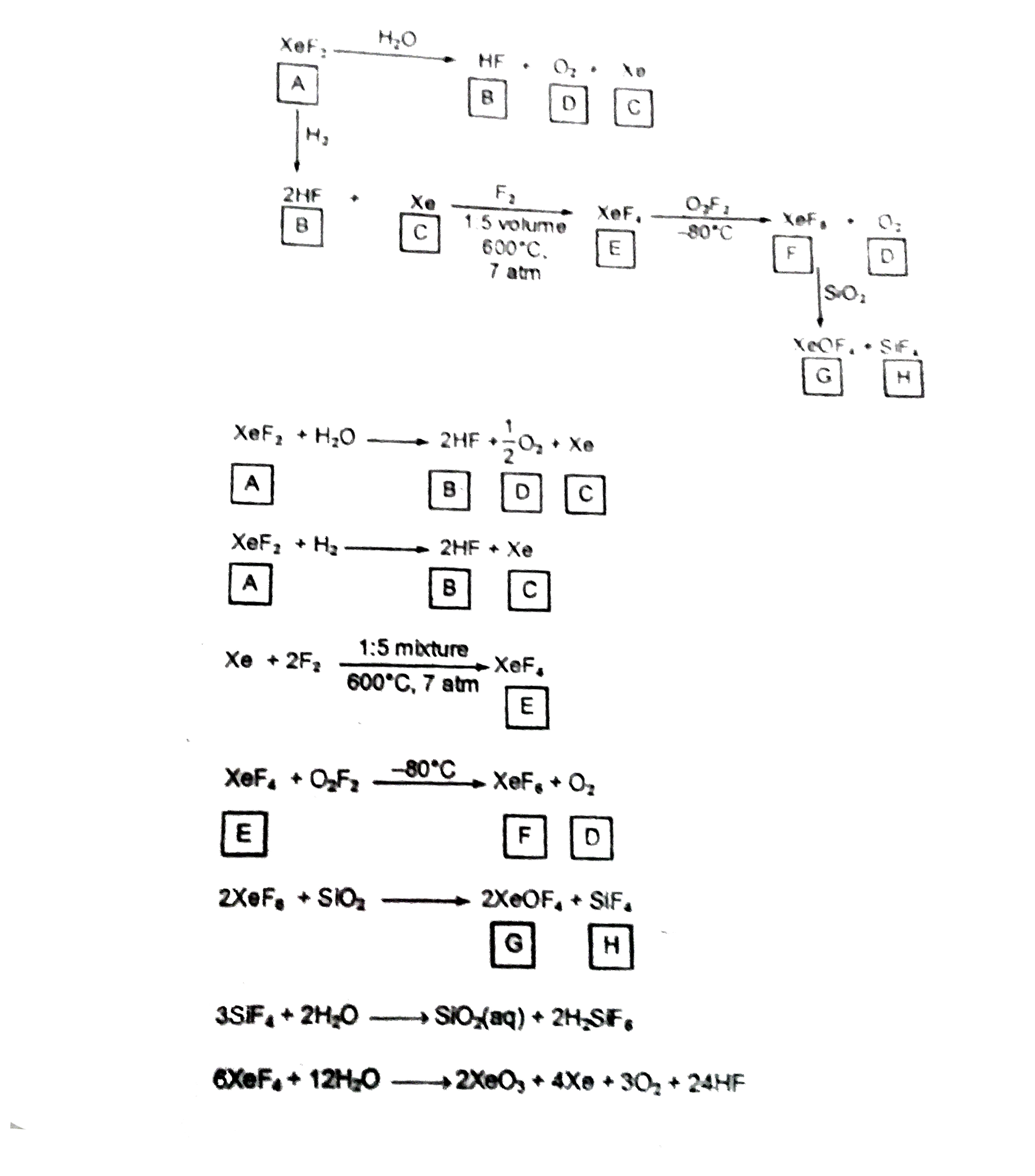
|
|
| 23797. |
When copper nitrate is strongly heated, the residue consists of: |
|
Answer» COPPER dioxide |
|
| 23798. |
Which one of the following species will most readily proceed through S_(N)2 reaction ? |
|
Answer»
|
|
| 23799. |
Zinc is extracted from Zinc blende by __________ |
|
Answer» CARBON REDUCTION process |
|
| 23800. |
Write short on the following : (i) Carbylamine reaction (ii) Hofmann's bromamide reaction (iii) Gabriel phthalimide synthesis. |
|
Answer» SOLUTION :`R-NH_(2)+CHCl_(3)+"alc.3KOH"overset("Heat")RARR CH_(3)-CH=CH_(2)` `CH_(3)-CH_(2)-CH_(2)-Br` `R-CONH_(2)+Br_(2)+4NaOH rarr R - NH_(2)+Na_(2)CO_(3)+2NaBr+2H_(2)O` 
|
|
